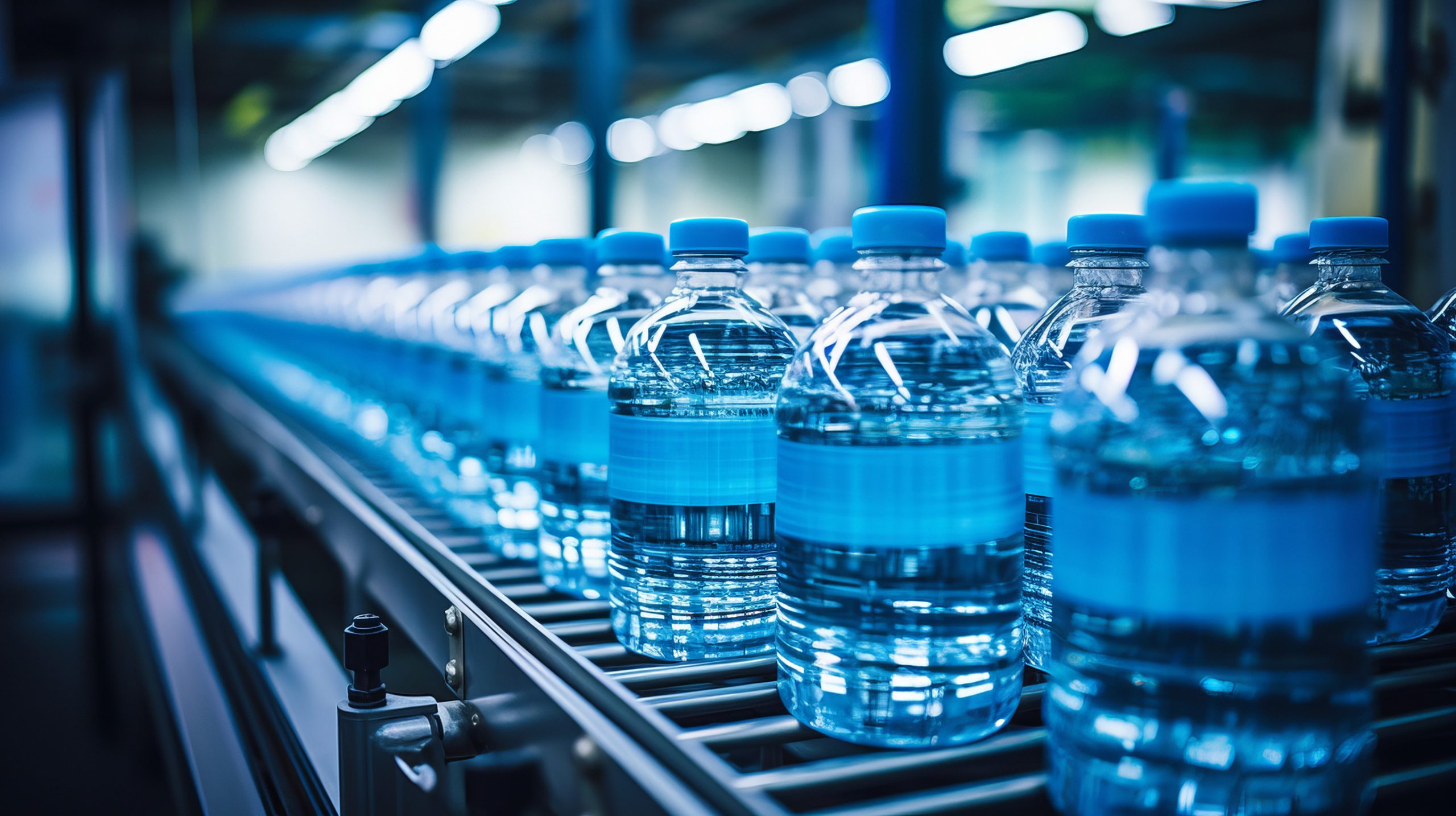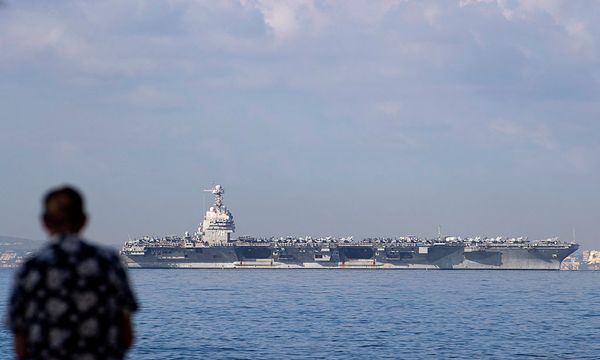
We all buy water as a basic necessity, but some bottled waters now cost more per ounce than the milk in your fridge. It’s easy to shrug it off as hype, but the reasons behind those outrageous prices reveal a lot about branding, scarcity, and perceived health value. Understanding why some waters command such a premium helps you make smarter choices (and avoid wasting money). Below are eight bottled waters whose price tags easily outstrip milk and the real reasons they’re so expensive.
1. Fillico Jewelry Water (Japan’s luxury statement)
Fillico Jewelry Water bottles are literally dressed in crystal, gold detailing, and couture-level design elements. The water comes from the Nunobiki spring in Kobe, Japan, but most of the cost is in the packaging and exclusivity. Limited production (around 5,000 bottles per month) helps keep the mystique and markup high. Some editions sell for thousands of dollars per bottle. For many buyers, the appeal lies more in owning an opulent “art object” than in hydrating cheaply.
2. Bling H2O (Celebrity branding at a premium)
Bling H2O turned water into a status symbol with Swarovski crystals embedded in clear bottles. Although its source and mineral composition aren’t uniquely exceptional, the brand sells itself on glamour. That branding and the luxury aura inflate the price far beyond what milk or standard bottled water costs. It’s water that aims to dazzle more than hydrate. Many consumers pay for image, not purity.
3. Ô Amazon “Bird of Revelation” (Atmospheric sourcing & display art)
Ô Amazon markets its waters as “air water,” claiming to condense mist from the Amazon rainforest into bottled form. The Bird of Revelation editions often come in artful packaging with jewels and gold accents. The dramatic sourcing narrative (bottling air from the rainforest) helps justify extreme price tags. In reality, much of the cost lies in the luxury presentation. Still, it’s one of those brands where buyers pay heavily for the story behind the sip.
4. Evian × Virgil Abloh (Designer collab markup)
Evian is a familiar name, but when Swiss-French water lands in sleek designer bottles, the price takes a leap. The collaboration with fashion designer Virgil Abloh turned standard Evian into a collector’s item with boutique pricing. The actual water isn’t radically different; it’s the label, the art, and the exclusivity that push the cost. Limited releases and design prestige turn something ordinary into luxury. Many buyers here pay for the cachet rather than the content.
5. Svalbarði Polar Ice Water (Arctic glacier origin)
Svalbarði sources water from glacier ice that’s said to be thousands of years old, untouched by modern contamination. The rarity and purity claims give it a premium positioning. Only a handful of bottles exist (often just a dozen editions). The logistics of harvesting, bottling, and transporting from polar regions are expensive, and that cost is passed to consumers. The result: water that costs far more than your average gallon of milk.
6. Minus 181 (Deep-well, ice-age aquifer)
Minus 181 drills deep (181 meters in this case) into ancient aquifers sealed between layers of clay to access water that’s said to be free from modern pollutants. The depth and geological complexity translate into high extraction costs. The brand positions it as “locked in” purity. Each bottle becomes a trophy of scarcity and a claim to purity. For many, that justifies paying more per liter than milk.
7. ROI (Magnesium-rich spring from mythic source)
ROI comes from a legendary spring (Roitschocrene) with claims of being the most magnesium-rich mineral water worldwide. Its story leans heavily on myth and mystique. These claims help position ROI as a health elixir rather than just hydration. Because buyers believe in its “functional” benefits, they accept higher pricing. It’s water sold with hope, branding, and perceived advantage.
8. BLVD & Berg (Boutique waters with boutique prices)
BLVD (from Tasmania) and Berg (iceberg-sourced water) are boutique brands that lean on exclusivity and rarity. It is sold in small batches (e.g. $27 per liter) and marketed as ultra-premium spring water. Berg harvests glacier fragments, uses elaborate logistics, and sells at steep markups. Neither brand is mass-distributed, which helps maintain prestige. The limited supply and artisan narrative help push their per-liter prices well above what you’d spend on milk.
Do These Waters Actually Deliver Better Value?
Just because bottled water costs more than milk doesn’t guarantee superior taste, mineral balance, or health benefits. In many cases, you’re paying for packaging, brand, exclusivity, or marketing narratives, not dramatically better water. Milk, by contrast, is relatively standardized in most regions, with predictable costs and nutritional value. If hydration is your goal, a well-filtered tap or good mid-tier spring water often delivers nearly identical performance. Still, once you understand why those luxury bottles cost so much, you can appreciate their place, or bypass them entirely when they overcharge for the concept rather than the content.
Which of these waters surprised you the most? Would you ever pay for glacier or designer water? Share your thoughts or experiences in the comments below.
What to Read Next
- 5 Regional Chains That Sell Milk Cheaper Than Bottled Water
- 10 Health Reasons You Stop Drinking Bottled Water
- Magic Number: How Much Water Should You Drink For Weight Loss?
- 5 Fruits That Can Be Preserved in Water (And How to Do It Properly)
- 9 Common Reasons Why Bottled Beverages Face Recalls
The post 8 Bottled Waters That Cost More Than Milk — And Why appeared first on Grocery Coupon Guide.







